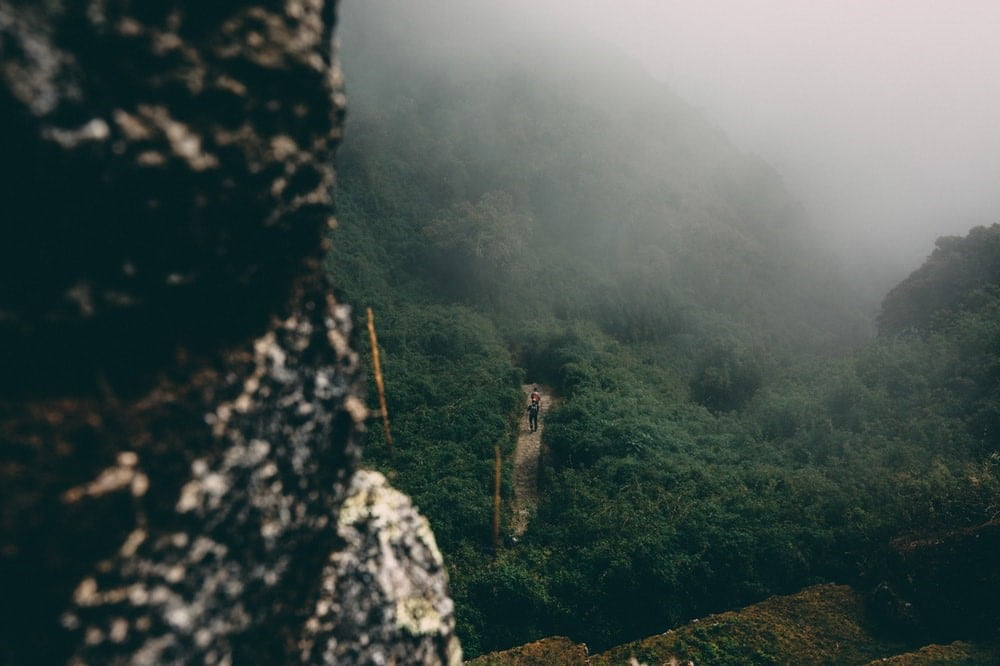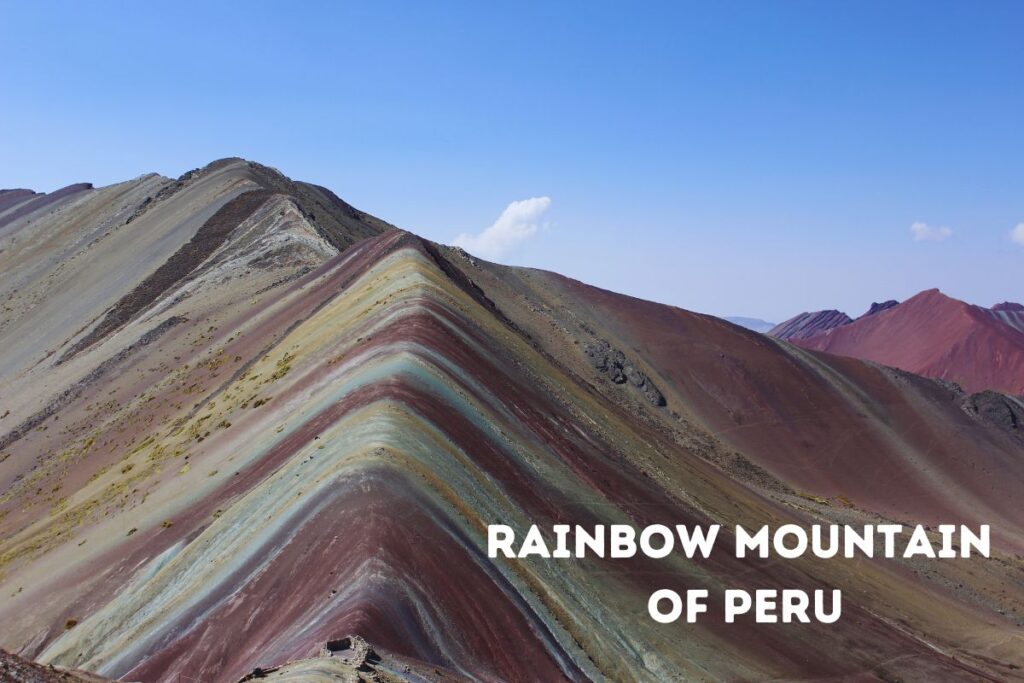When most people think of the Inca Empire, they picture Machu Picchu, golden treasures, and grand temples. But did you know that the Incas were just as revolutionary in agriculture as they were in architecture? One of their most incredible innovations was the Inca terrace farming system, an advanced agricultural technique that allowed them to cultivate crops in some of the world’s most challenging environments—high-altitude mountain slopes.
Must do Tours
In this blog post, we will dive into the fascinating world of Inca terrace farming, exploring how the Incas transformed the landscape of the Andes, why these terraces were so important, and how they remain an enduring symbol of Inca ingenuity. So, if you’re curious about ancient farming techniques and the legacy of the Incas, keep reading!
What is Inca Terrace Farming?
Inca terrace farming refers to the series of stepped platforms or andenes built into the mountainsides to create flat land for farming in the steep Andean highlands. These terraces were designed with advanced engineering techniques to maximize agricultural output in a region where flat land was scarce. The Incas were able to grow everything from maize to potatoes, quinoa, and coca by adapting the land to their needs.
why the incas built lots of terraces?
The Incas built extensive terraces primarily to maximize agricultural productivity in the steep and rugged Andean mountains. By creating terraced fields, they were able to transform the mountainous landscape into arable land, allowing them to grow a variety of crops, such as maize, potatoes, and quinoa, at different altitudes. The terraces also helped prevent soil erosion and facilitated irrigation, as water was carefully directed through channels to support the crops. Additionally, the terraces played a key role in the Inca economy, supporting the empire’s vast population and military, while also reflecting their advanced engineering and agricultural knowledge.
How Did the Incas Build Their Terraces?
The construction of the Inca terraces was a monumental achievement in engineering, combining both practicality and aesthetic beauty. Here’s how the Incas built these incredible farming structures:
- Terrace Foundations:
At the base of the terraces, the Incas placed regular rocks, which were large and sturdy enough to hold the weight of the soil above. These rocks acted as a stable foundation for the terraces and helped prevent erosion. - Gravel Layers:
On top of the regular rocks, the Incas laid a layer of gravel to facilitate water drainage. This gravel acted as a filter to keep the soil from washing away during rainfall, a critical factor in maintaining the terraces’ longevity. - Fertile Soil:
At the very top of the terraces, the Incas placed fertile soil to ensure that crops could grow in optimal conditions. This fertile soil was often transported from other regions, and the Inca engineers carefully selected the best types of soil for each specific terrace. - Irrigation System:
The terraces were equipped with an elaborate system of irrigation channels that brought water from nearby rivers or springs. These channels were ingeniously designed to distribute water evenly across all terraces, making sure each layer of soil received adequate moisture. - Stone Walls:
The terraces were bordered by stone walls that not only supported the structure but also helped trap heat, keeping the soil warm during the cooler Andean nights. The dry-stone walling technique used by the Incas—where stones were stacked without mortar—allowed for flexibility, making the terraces resilient to seismic activity.
how was the water sistem of the inca terraces
The Inca water system for their terraces was a highly sophisticated network designed to ensure efficient irrigation and water management in the rugged Andean terrain. The Incas used a combination of canals, aqueducts, and terraces with drainage channels to direct and control water flow across their agricultural terraces. Water was diverted from nearby rivers or mountain springs, flowing into the terraces through stone channels and irrigation ditches.
Each terrace had its own system of drainage channels that prevented waterlogging and allowed excess water to flow away, ensuring crops received optimal moisture without being flooded. The system was carefully engineered to use gravity to distribute water efficiently, and in some areas, terraces were strategically placed to collect rainwater and direct it to the crops. This clever water management system allowed the Incas to cultivate crops at high altitudes, contributing to the empire’s agricultural success.

Types of Inca Terraces
The Inca terraces served different purposes, ranging from agricultural production to ornamental functions. Here are the primary types of terraces built by the Incas:
- Agricultural Terraces:
The primary purpose of the Inca terraces was agriculture. These terraces were used to grow a wide range of crops such as maize, potatoes, quinoa, and coca. The Inca Empire, which spanned diverse climates and altitudes, made use of these terraces to grow crops suited to the specific conditions of each altitude. - Support Terraces:
Some terraces were built to support the agricultural terraces and prevent erosion, especially in steep or unstable areas. These terraces often included additional structural elements, like drainage systems, to ensure that the soil and crops remained intact. - Ornamental Terraces:
Not all Inca terraces were used for farming. Some were built for aesthetic and ceremonial purposes, showcasing the Incas’ architectural brilliance. These ornamental terraces were often placed near temples or palaces, serving as decorative elements that added beauty to the landscape.
Why Was Inca Terrace Farming So Important?
The Inca terrace farming system was critical for several reasons:
- Sustaining the Empire: The Andes are known for their steep and rugged terrain, which made traditional farming nearly impossible. Terrace farming allowed the Incas to feed their vast empire, which spanned across Peru, Ecuador, Bolivia, and Chile, supporting both local populations and the military.
- Efficient Use of Land: The terraces made it possible to cultivate crops on the otherwise unusable mountain slopes, increasing the amount of arable land in the region. This helped the Incas feed millions, contributing to the empire’s economic success.
- Cultural and Religious Significance: Many terraces had cultural and spiritual significance. For example, the Intihuatana stone found in Machu Picchu is believed to have been used for agricultural rituals, showing the strong connection between Inca farming and religion. They also saw agriculture as a divine activity, connected to the sun god Inti.
- Preserving Resources: The terraces were an environmentally sustainable way of farming. The design ensured that soil wasn’t washed away, which could have led to land degradation, a common problem in agriculture. This sustainable approach helped preserve the land for future generations.
Where Can You Find Inca Terrace Farms?
Inca terrace farming can still be seen across Peru and Ecuador, especially in the Sacred Valley, Machu Picchu, and the Colca Canyon. The Sacred Valley is home to some of the most impressive and well-preserved terraces, especially in Moray and Pisac.
- Moray: The circular terraces of Moray are one of the most famous examples of Inca agriculture. These terraces are believed to have been used to experiment with different crops at varying altitudes.
- Pisac: The terraces of Pisac are some of the best-preserved Inca farming systems, still used for agriculture today. The site is also home to a significant archaeological site that includes a fortress and the Inca ruins.
- Machu Picchu: The terraces at Machu Picchu are an iconic part of the site. They demonstrate the Inca’s advanced agricultural techniques and were likely used to grow crops for the people living in the citadel.
The Legacy of Inca Terrace Farming
The legacy of Inca terrace farming can be seen in modern-day agriculture in the Andes. Indigenous people still use similar techniques, and in some areas, these ancient terraces continue to support local communities. Additionally, the Inca terrace farming system has become an enduring symbol of the Inca Empire’s ingenuity and its ability to adapt to the natural environment.
Conclusion
The Inca terrace farming system was an extraordinary feat of engineering, providing essential agricultural support for one of the largest and most powerful empires in pre-Columbian history. The terraces not only enabled the Incas to thrive in the challenging Andean mountains, but they also contributed to the long-lasting cultural and environmental sustainability of the region. Today, these terraces stand as a testament to the brilliance and adaptability of the Inca civilization and continue to inspire agricultural techniques around the world.
FAQs About Inca Terrace Farming
1. How did the Incas irrigate their terraces?
The Incas used an advanced system of irrigation channels that diverted water from nearby rivers or springs to their terraces, ensuring that crops had a steady supply of water.
2. What crops did the Incas grow on terraces?
The Incas grew a wide variety of crops, including maize, potatoes, quinoa, coca, and beans, depending on the altitude and climate of the terrace.
3. Where can I see the best-preserved Inca farming terraces?
Some of the best-preserved Inca terraces can be found in Moray, Pisac, and Machu Picchu, all in the Sacred Valley of Peru.
4. Why were Inca terraces important for the empire?
Inca terraces allowed the empire to feed its vast population and support its military, making them crucial for the empire’s economic stability and success.
5. Are Inca terraces still used today?
Yes, many of the ancient Inca terraces are still used for agriculture, particularly in rural Andean communities, where traditional farming methods are preserved.
I am Carlos, founder of Machu Picchu Soul, a local tour operator and travel agency based in Cusco, Peru. My journey in tourism began as a porter on the iconic Inca Trail, where I developed a deep connection with the land and its history. After years of dedication, I became a professional tour guide, honing my skills to deliver exceptional experiences. With over 15 years of expertise, I decided to establish Machu Picchu Soul to combine my passion for authentic travel with a commitment to supporting local communities and creating unforgettable adventures for our guests.




